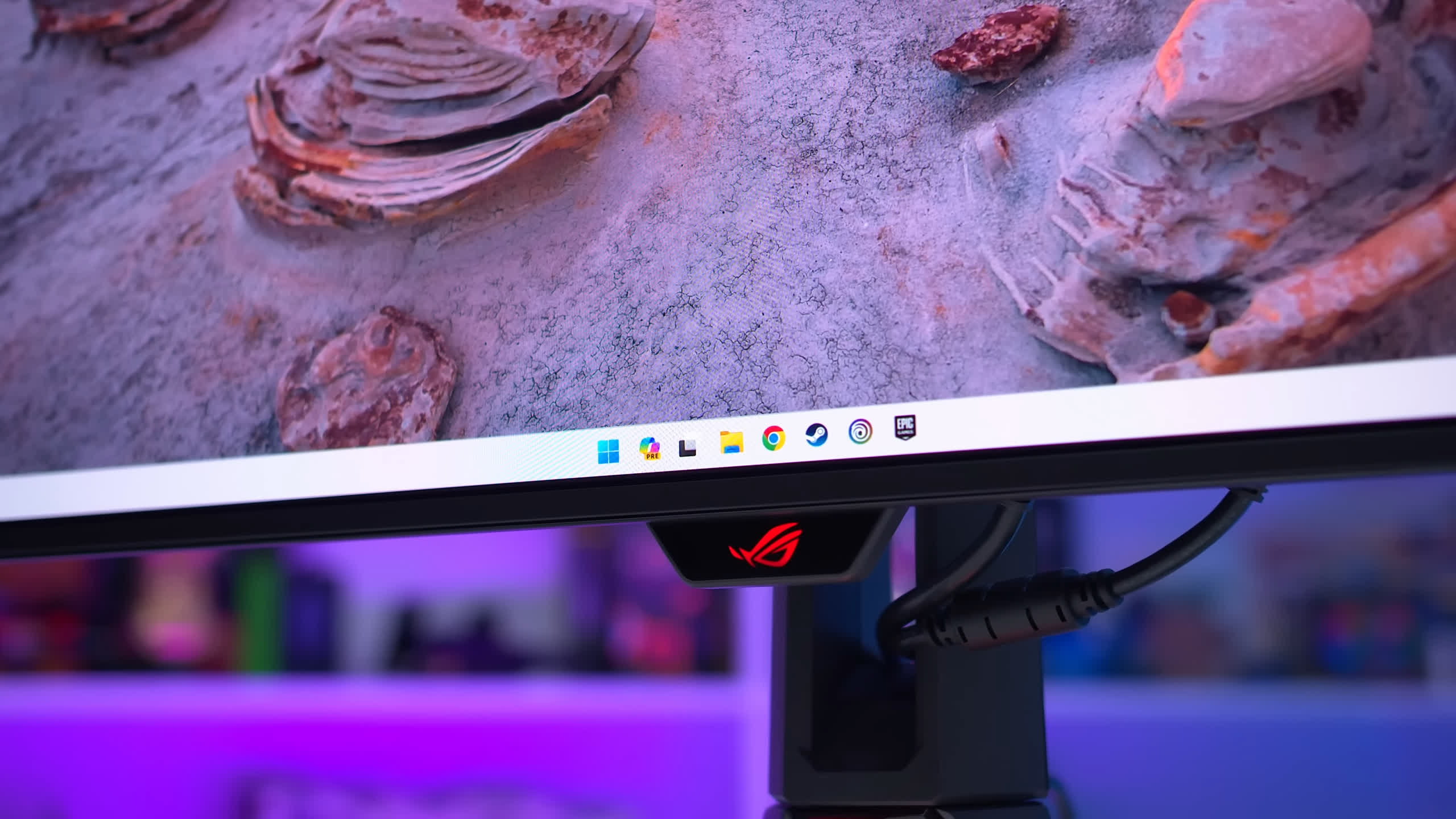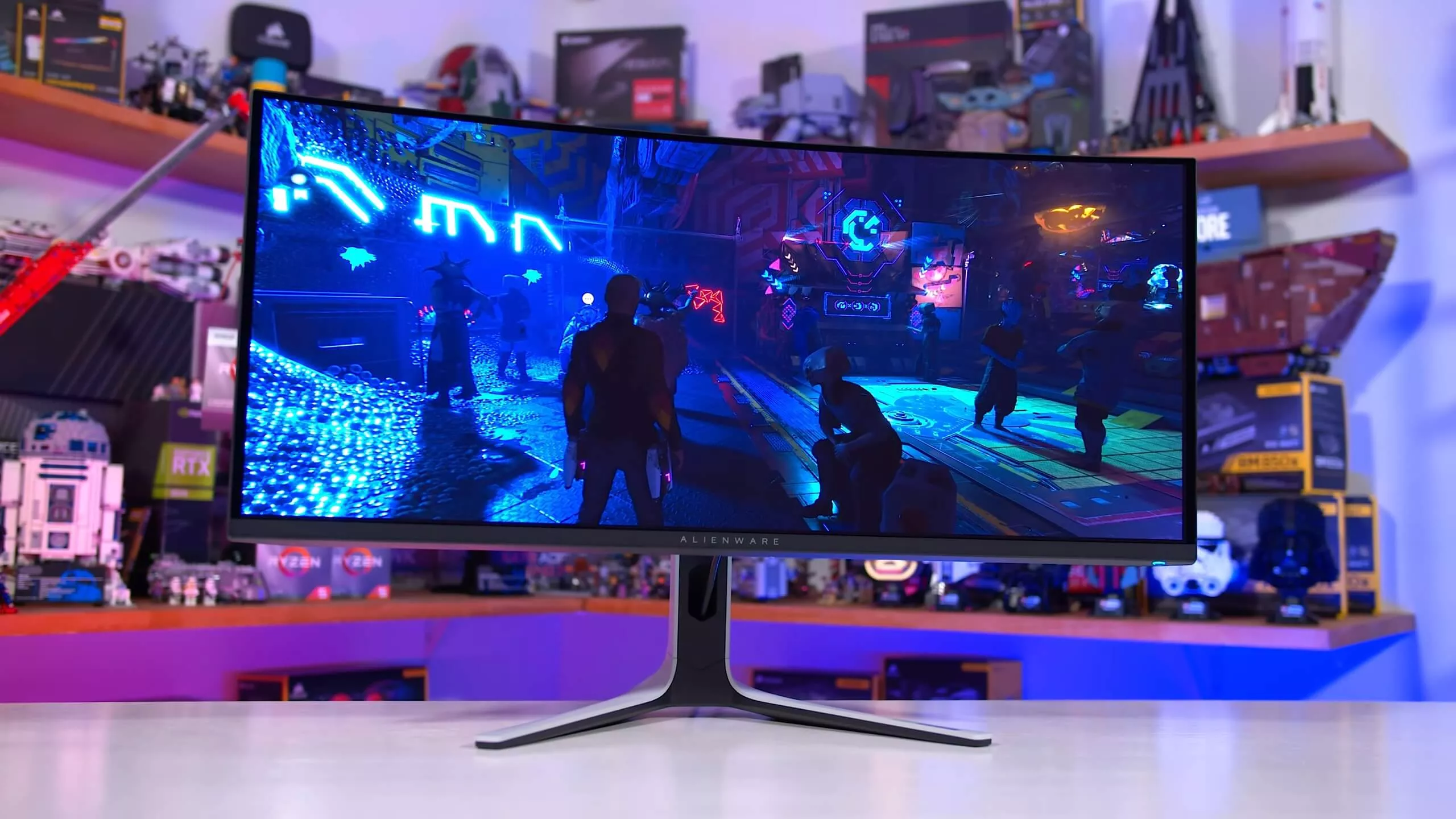In brief: The days when OLED gaming monitors were a luxury enjoyed by a tiny minority of people are now officially over. LG has revealed that OLED monitors make up 22% of the total gaming monitor market, more than in the TV market, where OLEDs make up 18% of all televisions.

Gaming monitors were a big part of this year's CES, with multiple models announced by several companies. A large number of them were OLEDs, which are becoming increasingly popular as prices fall, refresh rates increase, and the technology's drawbacks become less apparent.
During LG's CES press briefing, the company said that OLED now has a 22% share of the PC gaming monitor market. That's especially impressive when you consider the first dedicated OLED gaming monitor, the Alienware AW3423DW that uses Samsung QD-OLED tech, only arrived three years ago. LG's first UltraGear OLED model launched slightly later, in early 2023.
Also check out: IPS vs VA vs TN vs OLED Explained
In contrast, OLED TVs make up just 18% of the TV market, despite LG launching its first OLED television in 2013. LG's figures suggest that consumers are embracing OLED gaming monitors at a faster rate than OLED TVs.
Like TVs, the biggest concern with OLED gaming monitors remains pricing. They have become cheaper in recent times but remain more expensive than their LCD counterparts – even the cheapest models are around $550, and you can expect to pay a lot more for the higher-end products, especially larger ones. The top 4K OLEDs in our Best Gaming Monitors feature start at around $900 and can exceed $1,400.

Alienware AW3423DW 34" QD-OLED Monitor
The other main reason people avoided OLED monitors, burn-in, has also become less of a concern in recent years. More robust organic compounds, pixel-shifting technology, automatic or manual "pixel refresher" features, logo detection, and content adaptation techniques have given more peace of mind to those spending a fortune on these monitors. Warranty coverage has also improved considerably.
One of the big announcements from CES was the world's first 27-inch 4K OLED 240Hz monitor, though Asus, Samsung, and MSI all claimed the title with their respective products. They're not the fastest – the Asus ROG Swift PG27AQDP OLED reaches 480Hz, though that's at 1440p rather than 4K. As for non-OLEDs, MSI also revealed a 600Hz LCD model, which is still slower than the 750Hz model from Koorui.
OLED adoption soars: Gaming monitors beat TVs with 22% share